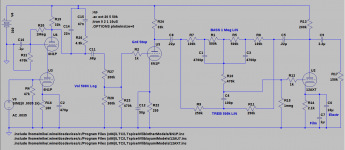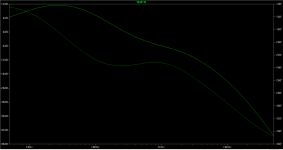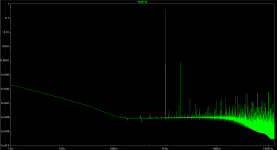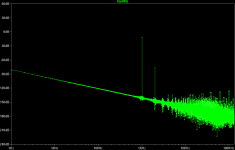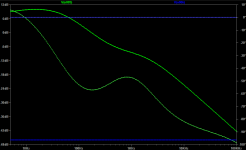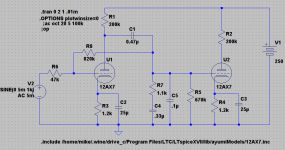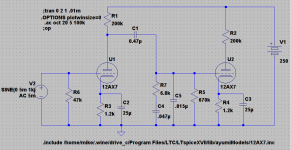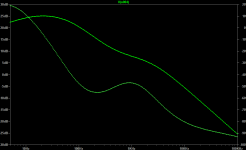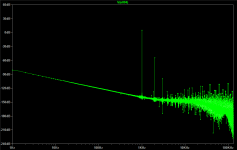Interesting design, I'd have some concern about noise injection from the power supply into the RIAA, but since you are using a cascode input your power supply is going to have to be quiet anyway so it might be OK. Depending on the supply impedance you might have some small response deviations as compared to referencing to ground.
Wondering about the grid reference voltage in the upper cascode being connected to the plate. I assume the intent is a little negative feedback at DC to help stabilize the operating point of the upper tube? Might work OK not sure..
Check out the 6S3P/6S4P for the cascode, they are stellar performers.
Have you considered a much higher transconductance triode like the 5842 or 6S3P-EV instead of the 12AX7A in the tone control? OLG will be a few dB less, but the plate resistance will be quite low allowing you to scale the component values in the tone control by about an order of magnitude and reduce self noise due to the high resistance values currently required.
One other thought is that baxandall input impedance varies as a function of tone control position perhaps a buffer between the tone stage and 2nd pre-amplifier stage is worth consideration.
Yeah, I'm a busy body, and just my 2 cents. lol Design should work well exactly as presented.
Wondering about the grid reference voltage in the upper cascode being connected to the plate. I assume the intent is a little negative feedback at DC to help stabilize the operating point of the upper tube? Might work OK not sure..
Check out the 6S3P/6S4P for the cascode, they are stellar performers.
Have you considered a much higher transconductance triode like the 5842 or 6S3P-EV instead of the 12AX7A in the tone control? OLG will be a few dB less, but the plate resistance will be quite low allowing you to scale the component values in the tone control by about an order of magnitude and reduce self noise due to the high resistance values currently required.
One other thought is that baxandall input impedance varies as a function of tone control position perhaps a buffer between the tone stage and 2nd pre-amplifier stage is worth consideration.
Yeah, I'm a busy body, and just my 2 cents. lol Design should work well exactly as presented.
FYI, Douglas Self gives a 'perfect' SPICE inverse RIAA network in Small Signal Audio Design: https://books.google.com/books?id=u...se riaa network for spice simulation"&f=false
I adapted it for use with Micro-Cap 8, very successfully, but MC8 won't run on my new PC.
I adapted it for use with Micro-Cap 8, very successfully, but MC8 won't run on my new PC.
Buy 6N24P, they are still awfully cheap, but great for cascodes! They can live on very low voltage!
Also, if you strap a pentode in 6F12P, you are getting a nice double triode, with amplification like 12AX7, but on 10 mA current!
There is still better life beyond overpriced fashionable tubes... ;-)
Also, if you strap a pentode in 6F12P, you are getting a nice double triode, with amplification like 12AX7, but on 10 mA current!
There is still better life beyond overpriced fashionable tubes... ;-)
Not available at my usual sources it seems. Maybe if you are going to get me hooked on these Russian tubes you ought to become a dealer and makes some money. No sense being a pusher and letting others get the $$$. Chuckle  Failing that a suggestion of a good non-ebay supplier.
Failing that a suggestion of a good non-ebay supplier.
BTW, what is reqv on the data sheets? Is that plate resistance?
BTW, what is reqv on the data sheets? Is that plate resistance?
I bought quite a lot of 6F12P 15 years ago at about 1 US$, now they're still nearly same price. Few months ago I post a thread of a home made tube socket adapter so I can plug it in to replace 12AX7. At 1 mA in long tail pairs phase spliter (pentode strapped triode), it sounds very much clearer, better than any other tubes I have. This has allowed me to more closely selected the best sounding tube (ECC99, 6N6, 12BH7, 6H8p etc) in following LTP driver stage. I haven't try at 10mA though.
Last edited:
The PCC84 is also a nice (and cheap) cascode tube.BTW, what is reqv on the data sheets? Is that plate resistance?
+ an answer to your question
Mona
Attachments
Here is an idea for a piggyback phono preamp for use in upgrading stereo consoles with modern turntable and MM carts. I am using 12AX7 CC stages to keep current draw from host PS to a minimum. The open loop seemed to have plenty of gain so I put a NF loop on the first stage to improve HD some. The drag on the final stage should not be a problem as most ceramic phono inputs on these consoles are very high Z.
Sim results gain of 38dB@1KHz and 56dB@16Hz (max gain point). HD2=-65dB, HD3 and above all lower than -115dB.
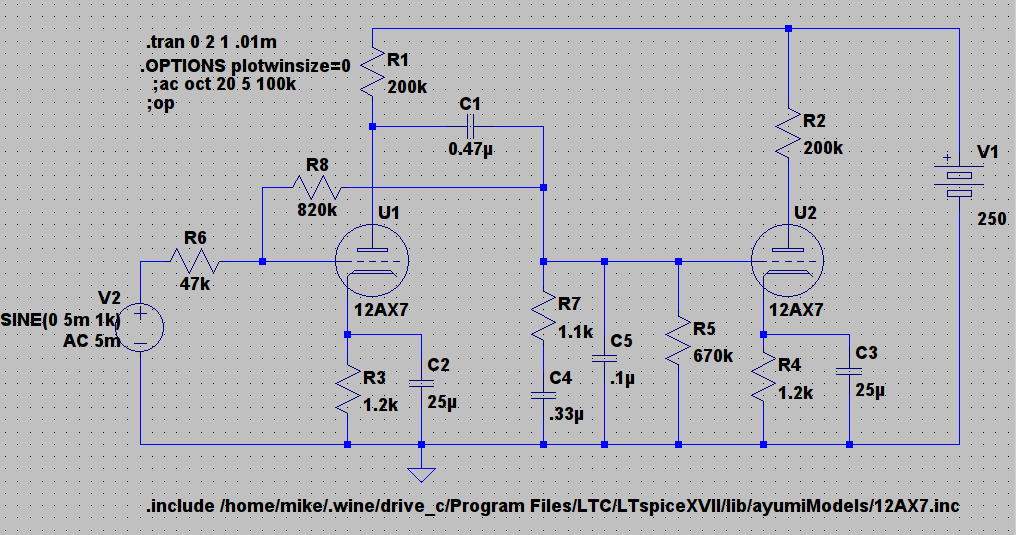
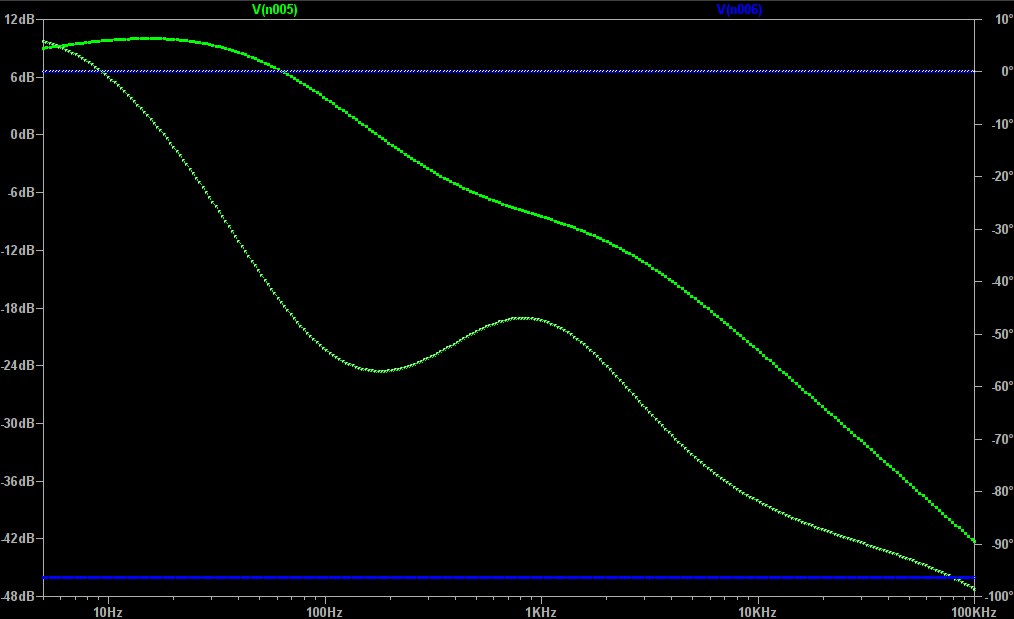
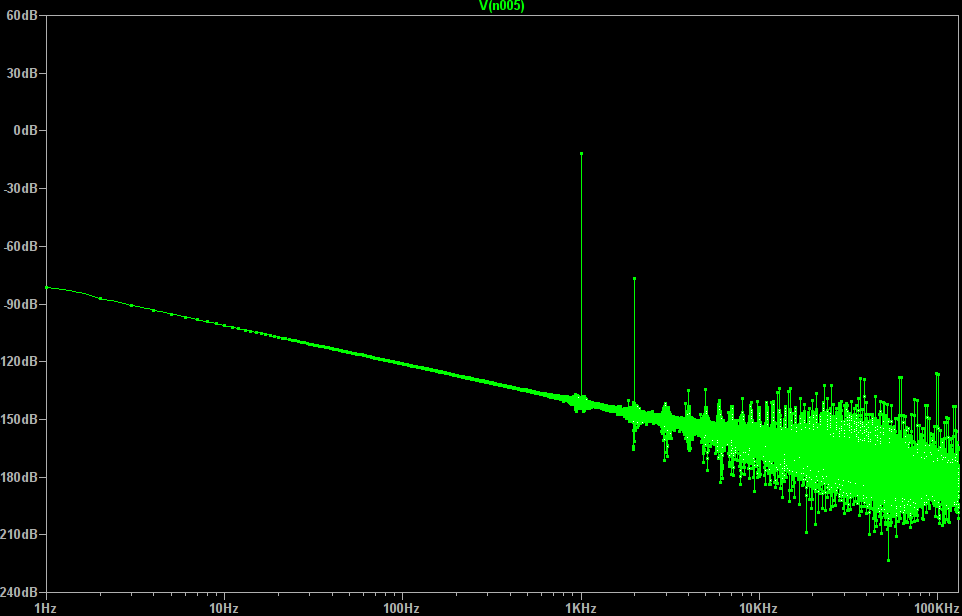
Sim results gain of 38dB@1KHz and 56dB@16Hz (max gain point). HD2=-65dB, HD3 and above all lower than -115dB.
Attachments
I don't understand what you are saying Mona.
The signal you present to U2 is with RIAA corection.Then you use that same signal as a source for the feedback with R8.So the feedback is trying to correct the "RIAA error".
Mona
Sorta. The feedback lowers the source impedance feeding the network, so all the time constants and amplitudes have to be adjusted. He may have done so, I haven't done the calculation, but putting a resistor in series with the cartridge and knocking down the first stage gain are both not positives with respect to noise.
Good points SY. I did calculate the theoretical Zout of the first stage with feedback and included that in the RIAA calculation.
I was under the impression that Zin was still approximately 47K with that feedback setup. My initial design had no FB and a 47K grid leak. Probably best to go back to that. I thought about FB on the second stage but would have to be careful about the drop in Zin loading the RIAA network.
I was under the impression that Zin was still approximately 47K with that feedback setup. My initial design had no FB and a 47K grid leak. Probably best to go back to that. I thought about FB on the second stage but would have to be careful about the drop in Zin loading the RIAA network.
Moving in the right direction..
That series 47K (now deleted) generates orders of magnitude more noise than the source resistance in the cartridge.
Note also that rp varies significantly from tube to tube and over tube life and you want to make the source impedance (rp) a relatively small percentage of the series resistance in the network so that changing/aging tubes does not cause a drastic change in EQ.
That series 47K (now deleted) generates orders of magnitude more noise than the source resistance in the cartridge.
Note also that rp varies significantly from tube to tube and over tube life and you want to make the source impedance (rp) a relatively small percentage of the series resistance in the network so that changing/aging tubes does not cause a drastic change in EQ.
- Status
- This old topic is closed. If you want to reopen this topic, contact a moderator using the "Report Post" button.
- Home
- Source & Line
- Analogue Source
- How about this phono idea
